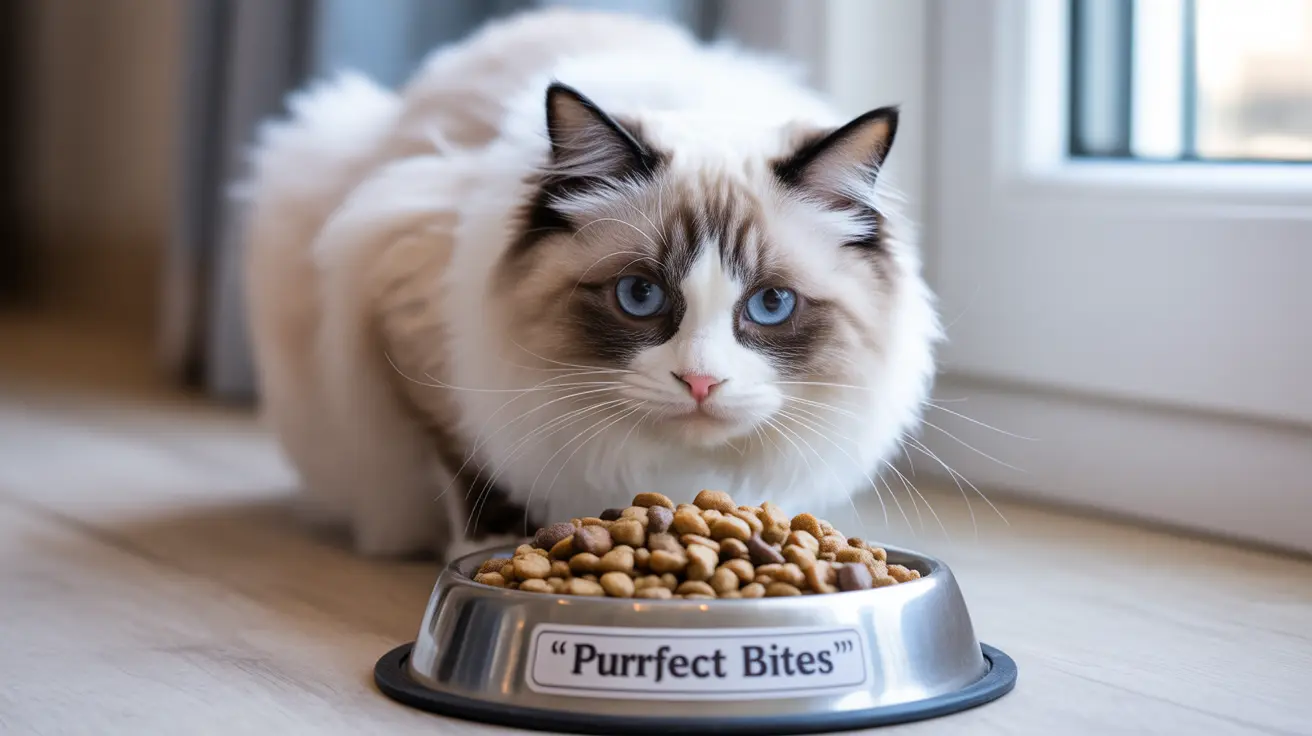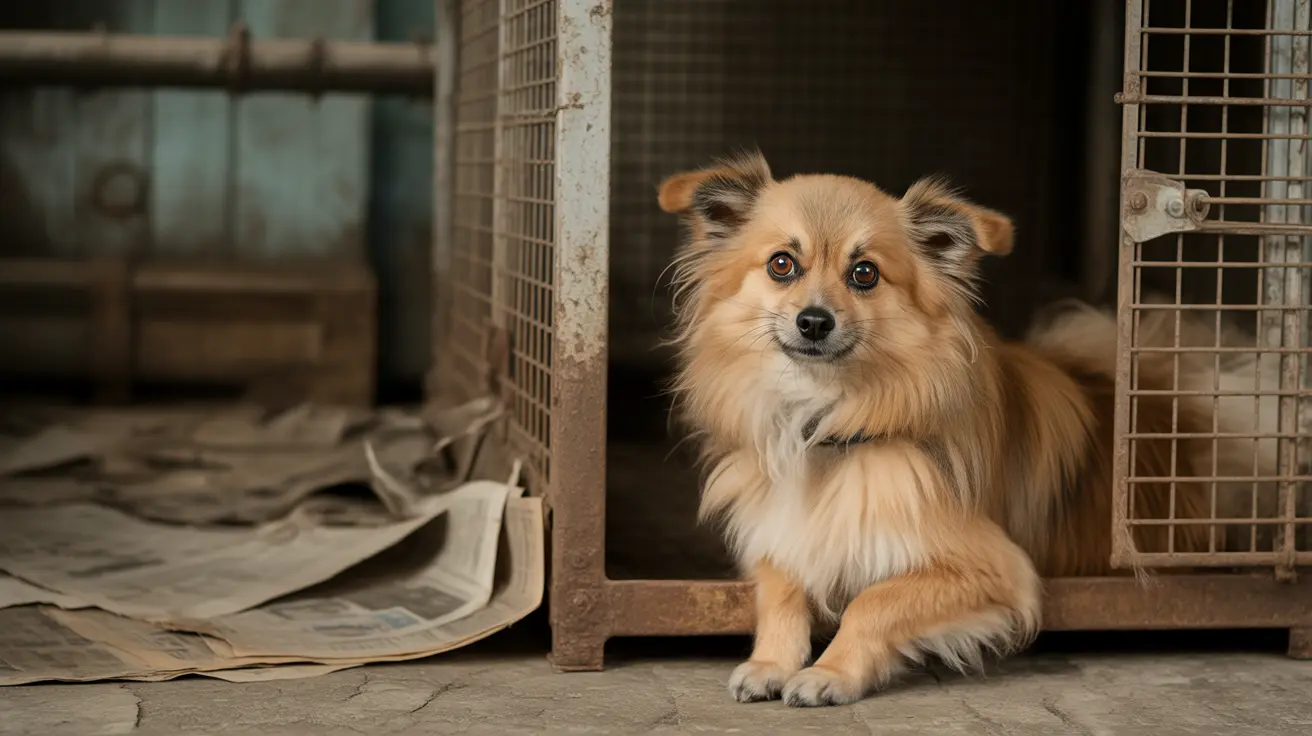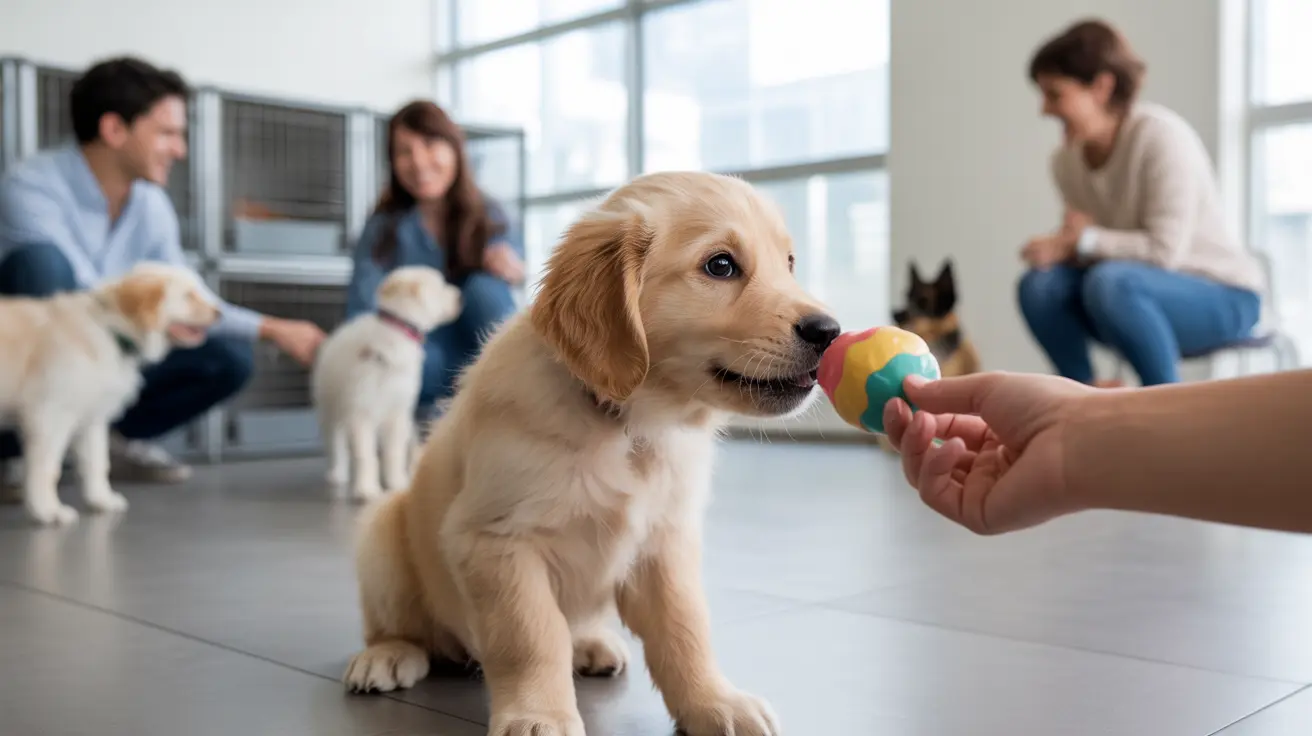Introduction
Every cat parent wants to ensure their feline friend receives safe, nutritious meals. Knowing how to tell if cat food is bad is a crucial skill that can protect your pet from potentially dangerous spoiled food. From subtle changes in appearance to distinct warning signs, this comprehensive guide will help you identify when cat food has gone bad and understand the steps needed to keep your cat's food fresh and safe.
Whether you feed dry kibble or wet food, being able to spot the signs of spoilage can prevent digestive issues, serious illness, and unnecessary veterinary visits. Let's explore the key indicators of spoiled cat food and learn proper storage techniques to maintain optimal freshness.
Key Signs of Spoiled Cat Food
Changes in Smell and Appearance
The most immediate and reliable indicator of spoiled cat food is an unusual or rancid smell. Fresh cat food should have a consistent, mild aroma. If you detect sour, chemical, or putrid odors, the food has likely spoiled and should be discarded immediately.
Visual changes can also signal spoilage. Watch for:
- Discoloration or fading
- Dark spots or unusual patches
- Greenish or grayish tinge
- Visible mold growth
- Change in texture or consistency
Texture and Consistency Changes
Spoiled cat food often develops abnormal textures that differ from its original state. For wet food, watch for:
- Slimy or gelatinous consistency
- Separated layers
- Unusual dryness or hardening
- String-like formations
In dry food, concerning changes include:
- Excessive moisture or softness
- Clumping without exposure to water
- Sticky or tacky texture
- Unusual hardness or brittleness
Storage and Prevention Tips
Proper Storage Methods
To maintain freshness and prevent spoilage, follow these essential storage guidelines:
- Store dry food in airtight containers, preferably in original packaging
- Keep food in a cool, dry place away from direct sunlight
- Maintain room temperature between 50-70°F (10-21°C)
- Clean storage containers regularly
- Check expiration dates before purchasing
Handling Open Food
Once opened, cat food requires special attention:
- Seal wet food containers tightly and refrigerate immediately
- Use refrigerated wet food within 24-48 hours
- Keep dry food sealed between servings
- Never mix old and new food in storage containers
- Use clean, dry scoops for portioning
What to Do If Your Cat Eats Spoiled Food
If you suspect your cat has consumed spoiled food, monitor them closely for:
- Vomiting or diarrhea
- Lethargy or weakness
- Loss of appetite
- Unusual behavior
- Signs of discomfort
Contact your veterinarian immediately if you notice any of these symptoms, as prompt treatment may be necessary to prevent complications.
Frequently Asked Questions
How can I tell if my cat's food has gone bad before feeding it?
Check for unusual odors, changes in color or texture, visible mold, and ensure the expiration date hasn't passed. Trust your senses and your cat's reaction – if something seems off, it's better to err on the side of caution.
What are the most common signs of spoiled wet and dry cat food?
Wet food typically shows signs of separation, unusual odors, mold growth, or color changes. Dry food may become soft, develop mold, show signs of pest infestation, or emit rancid odors.
How should I properly store opened cat food to keep it fresh longer?
Store dry food in an airtight container in a cool, dry place. Keep wet food refrigerated in a sealed container and use within 24-48 hours of opening. Always maintain cleanliness of storage containers and serving utensils.
How long can I safely leave dry or wet cat food out before it becomes unsafe?
Wet food should not be left out for more than 4 hours at room temperature. Dry food can typically stay out for a day, but it's best to refresh the bowl daily to maintain freshness.
What health risks can my cat face from eating spoiled or contaminated food?
Cats can develop food poisoning, bacterial infections, or digestive issues from consuming spoiled food. Symptoms may include vomiting, diarrhea, lethargy, and in severe cases, organ damage or failure.
Conclusion
Maintaining the safety and quality of your cat's food is essential for their health and well-being. By staying vigilant about storage conditions and regularly checking for signs of spoilage, you can protect your feline companion from the dangers of contaminated food. When in doubt, always prioritize your cat's safety and dispose of any food that shows suspicious signs of spoilage.






